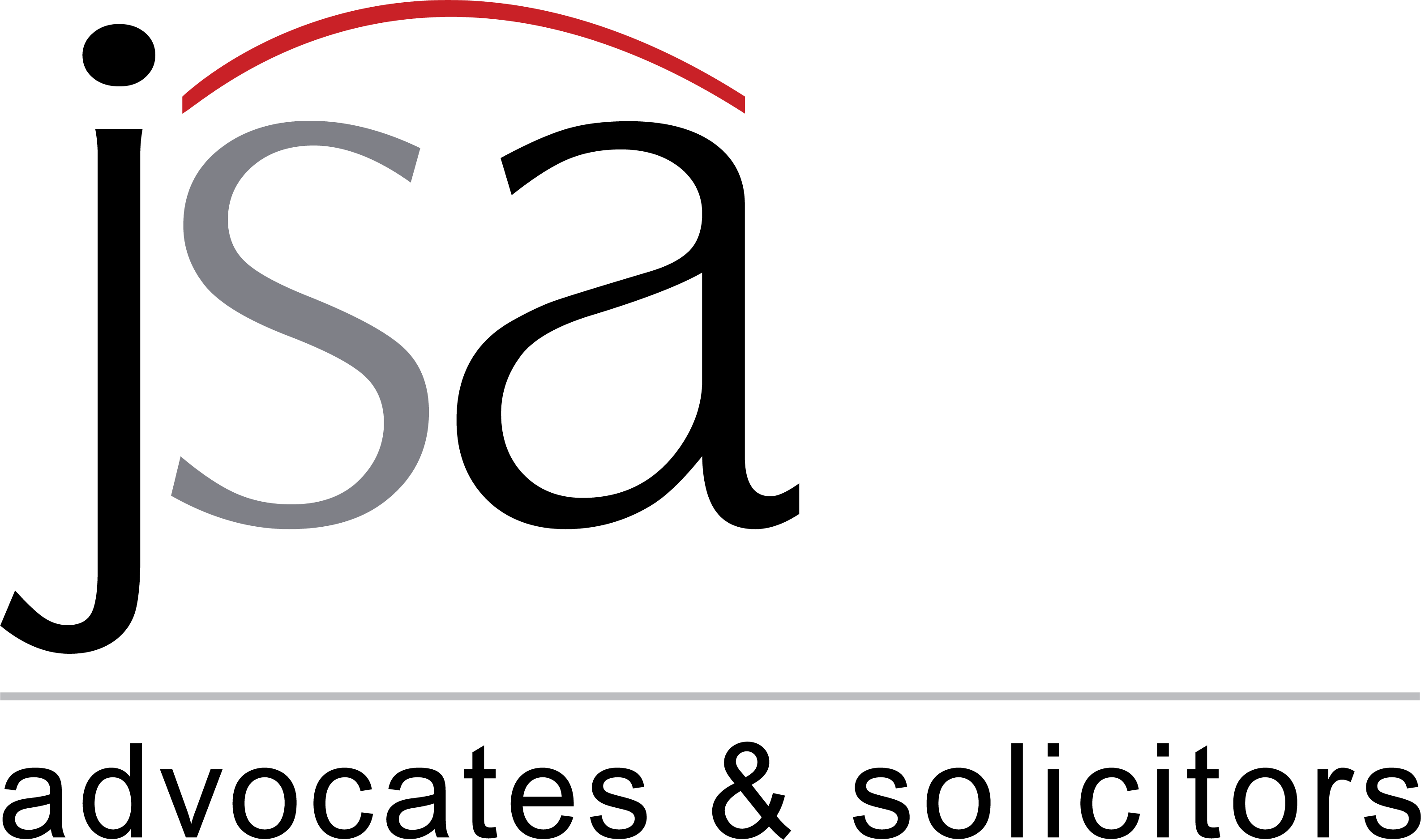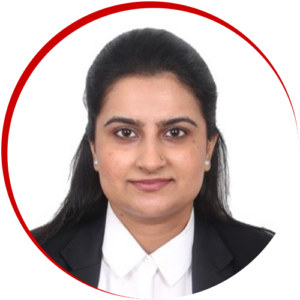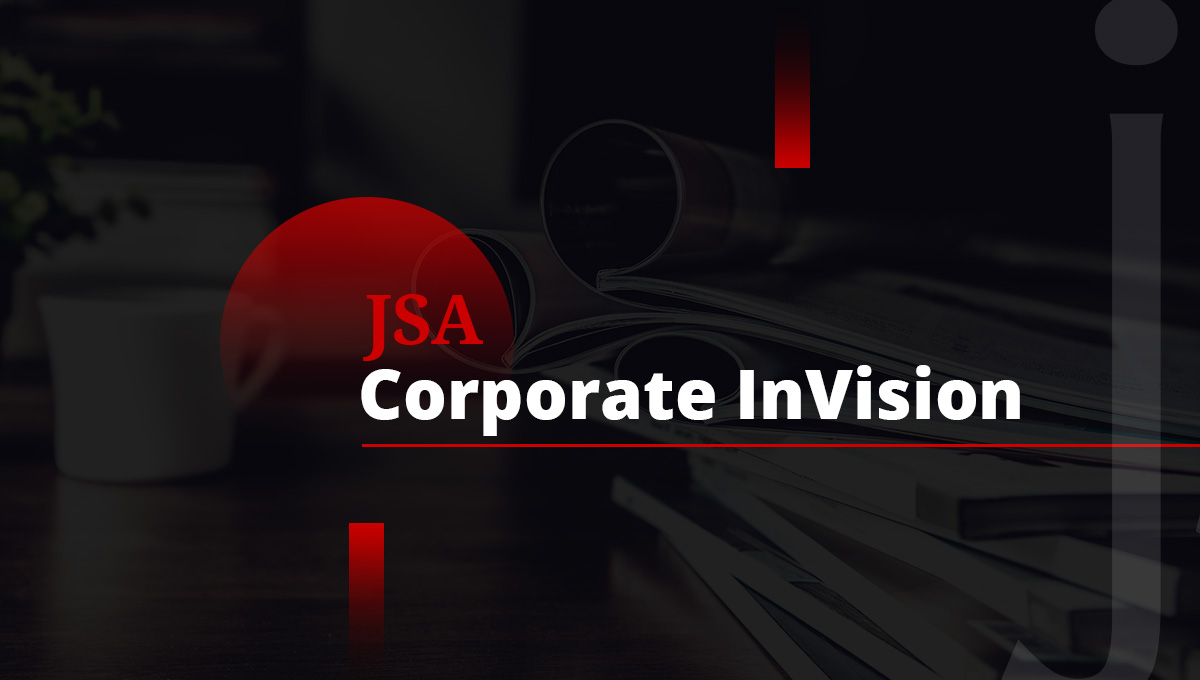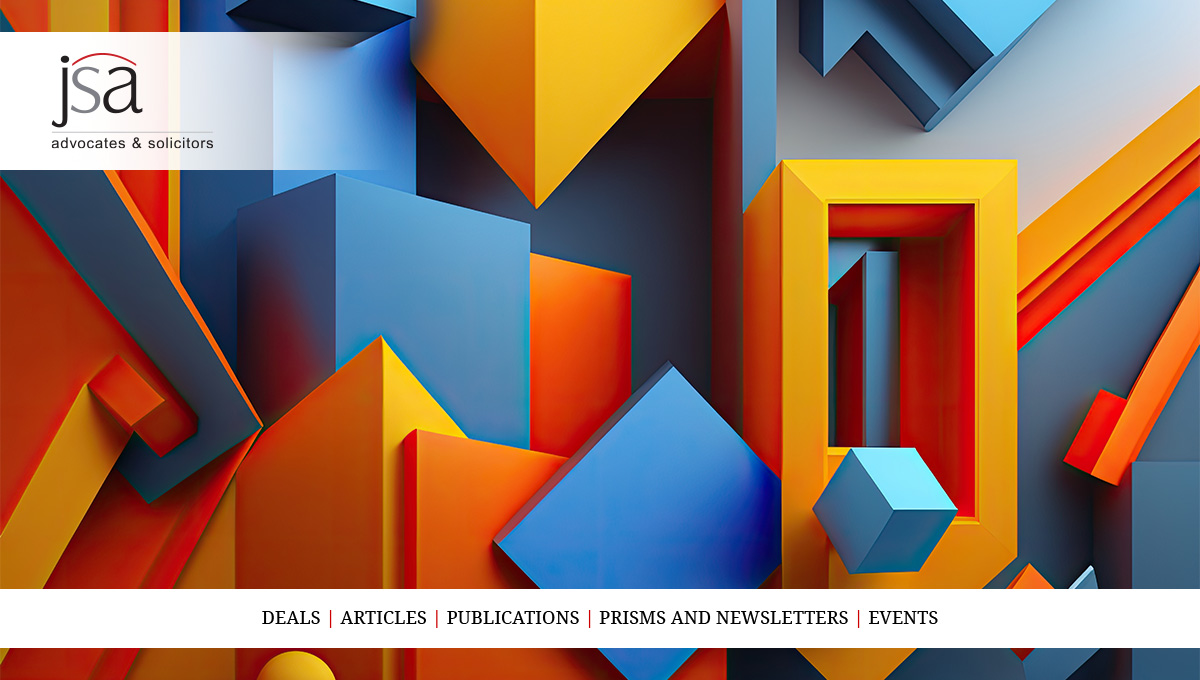Please click here to download the Prism as PDF.
The Supreme Court of India (‘Supreme Court’) in the case of M.A. Biviji v. Sunita & Others,[1] reiterates the requirement of a higher burden to establish medical negligence. Every case of occupational negligence cannot be compared with professional negligence.
Brief Facts
The complainant approached the National Consumer Disputes Redressal Commission (“NCDRC”) aggrieved by the treatment via which Nasotracheal Intubation (‘NI’) procedure was performed, even though the Bronchoscopy report indicated her ability to breathe normally through the existing Tracheostomy Tube (‘TT’). The NI procedure resulted in permanent damage to her respiratory tract and permanent voice loss.
NCDRC allowed the complaint on the ground that NI was an unavoidable procedure. Therefore, the consequent pain and suffering arising out of such procedure entitled the complainant to damages of INR 6,11,638 (Indian Rupees six lakh eleven thousand six hundred and thirty eight) plus 9 % simple interest.
Issues
The following issues arose for consideration:
- Whether the act of conducting the NI procedure on the complainant, while removing the existing ‘TT’ after the Bronchoscopy report indicated normalcy, amounts to negligence or not?
- Whether subsequent medical complications can be directly attributed to the said negligence?
Analysis and Findings
The Supreme Court set aside the NCDRC’s judgment. While arriving at its conclusion, the Supreme Court referred to Jacob Mathew v. St. of Punjab[2] and Kusum Sharma v. Batra Hospital[3]. It was held that the essential ingredients to determine medical negligence are:
- Duty of care extended to the complainant.
- Breach of that duty of care.
- Resulting damage, injury or harm caused to the complainant is attributable to the said breach of duty.
The Supreme Court also made the following observations:
- A medical practitioner will be liable for negligence only when their conduct falls below the standards of a reasonably competent practitioner.
- Due to the unique circumstances and complications in different individual cases, coupled with constant advancement in the medical field, there shall always be different opinions, including contesting views regarding chosen line of treatments, or course of actions to be undertaken. Thus, a doctor cannot be held liable for negligence if he opts for a particular line of treatment but does not achieve the desired result, provided the course of action adopted was recognized as sound and relevant medical practice.
- To prove medical negligence, a higher threshold limit must be met to ensure that doctors are focused on deciding the best course of treatment as per their assessment, rather than being concerned about possible persecution and harassment they might face in high-risk medical situations.
- As observed in the case of Jacob Mathew (ibid), adopting an alternative medical course does not amount to negligence.
- The complainant failed to prove medical negligence by the doctors. There was no evidence to establish that the NI procedure was a bad medical practice or based on unsound medical advice.
- Hospital and doctors were successfully able to prove that due medical consideration was given before choosing the ‘NI’ procedure. Therefore, no negligence was committed in opting for and/or conducting the procedure.
- There was no breach of duty of care. A causal link was not established between the NI procedure and the permanent voice-loss and permanent respiratory tract deformity.
Recently in Kalyani Rajan v. Indraprastha Apollo Hospital & Ors. [4] also, the Supreme Court has held that principle of res ipsa loquitor cannot be blindly invoked to impute liability for medical negligence. The Supreme Court deprecated the tendency to find human fault and allege negligence against medical professionals in every instance of unsatisfactory medical treatment.
Conclusion
The ruling is a welcome step in the right direction as there is a rampant tendency to impute unfounded liability upon medical professionals. Thus, the emphasis of the court to ensure safety to the rights of medical professionals is a significant step to ensure that they are able to freely discharge their duties without undue fear or pressure.
This Prism has been prepared by:

Dheeraj Nair |
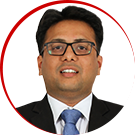
Kumar Kislay |
Vedika Gandhi |
For more details, please contact [email protected]
[1] 2023 SCC OnLine SC 1363. Judgment dated October 19, 2023.
[2] (2005) 6 SCC 1
[3] (2010) 3 SCC 480
[4] 2023 SCC OnLine SC 1355
